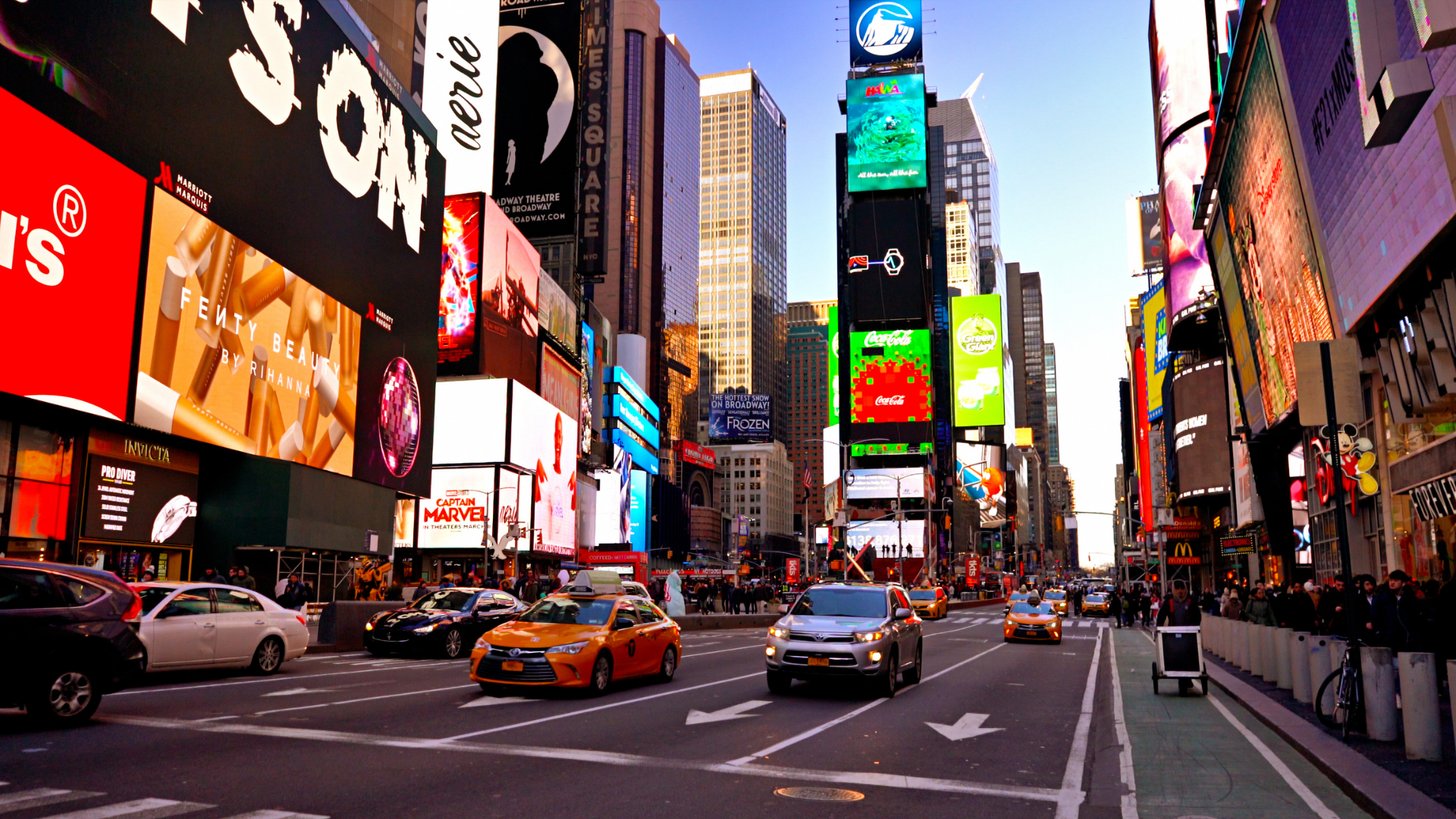Why VR is so Important for Marketing
Digital marketing is always changing and adapting, and businesses are constantly looking for ways to keep consumers engaged with their brands. Virtual Reality (VR) does exactly that and allows your consumers to feel as if they are experiencing something without even being there. It is expected that by 2020, a third of global consumers will be using VR. Adopting a VR strategy now could help your business stay up to date with trends and invoke emotions in consumers that wouldn’t be possible without this technology.
Here are a few reasons why VR is so impactful:
Fully-Immersive Experience:
The amazing thing about VR is that it forces consumers to focus only on the experience with the technology. For a few minutes, they are thrown into a world that is created for them. The impact that a company or brand has on the consumer is completely customizable. Having the full attention of a consumer is extremely difficult on any other platform, so it’s important to take full advantage of the VR experience.
Flexibility:
VR can really be adapted into any budget or campaign limitation. There are formats such as 360-degree videos on Facebook or YouTube, where consumers can use their phones to view the experience. Additionally, there are more immersive experiences, such as the Oculus Rift or the HTC Vive , that allow consumers to interact with the environment around them. No matter which approach you choose, if done right, consumers will feel more connected to your brand.
Story-Telling:
Marketing is all about telling a story . VR allows that story to not only be told, but to be lived. This creates an even bigger impact on the consumer and allows brands to tailor the story and their experiences. VR forces consumers to be active participants in the ad experience, allowing you to capture your target audience’s full attention for whatever story you would like to tell. A really great example of how a company used VR to tell their story is Toms , the shoe brand who gives a pair of shoes to those who need it for every pair that is purchased. In an effort to show how their brand story develops, they used VR to take viewers on a “virtual giving trip” where they can see where the free pairs of shoes were being given. Since philanthropy is such a big part of their brand, this VR effort allowed the brand to tell their story and allowed consumers to live out the story and feel as if they were giving too. It showed consumers the impact they were making without actually being there. As shown in the video below, viewers are able to use the controls in the upper left corner to “look around” and see how the process of giving Toms to the less fortunate works.
Depending on what type of business you are trying to market, your VR strategy may change. However, VR can be used in any industry since everyone has some story to tell . Deciding whether VR makes sense for your business may be difficult, but the potential impact made on consumers is easily recognized.
















